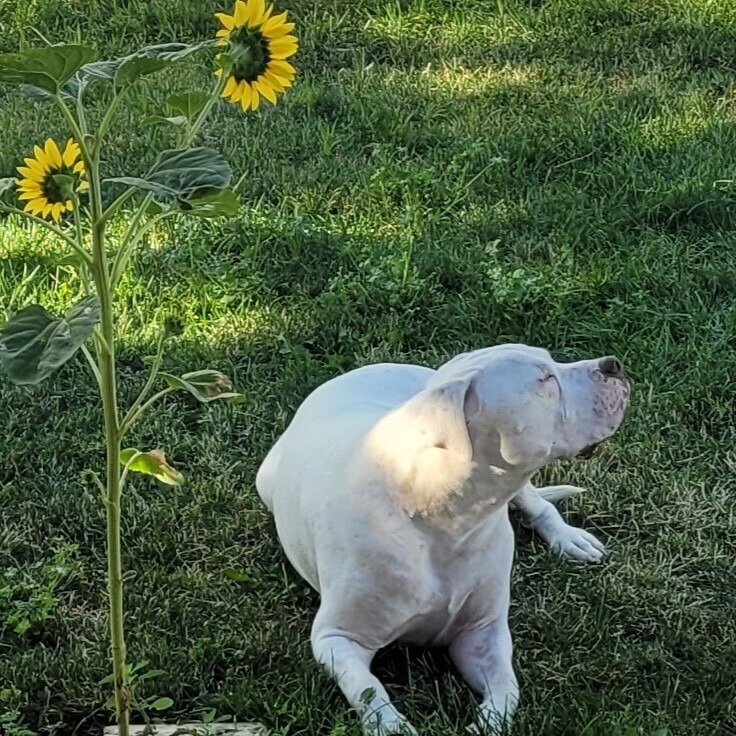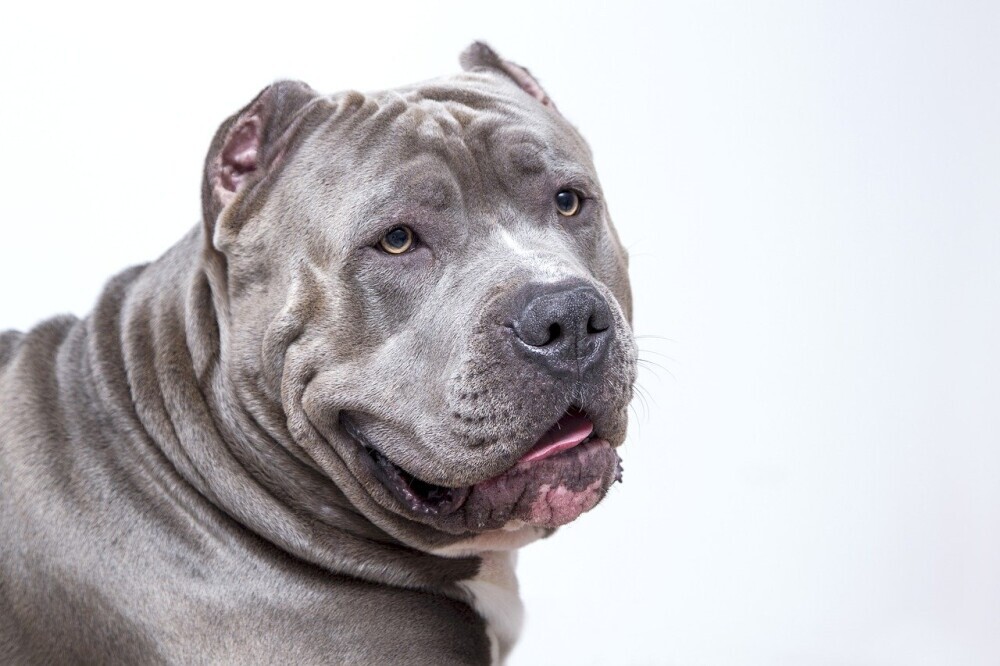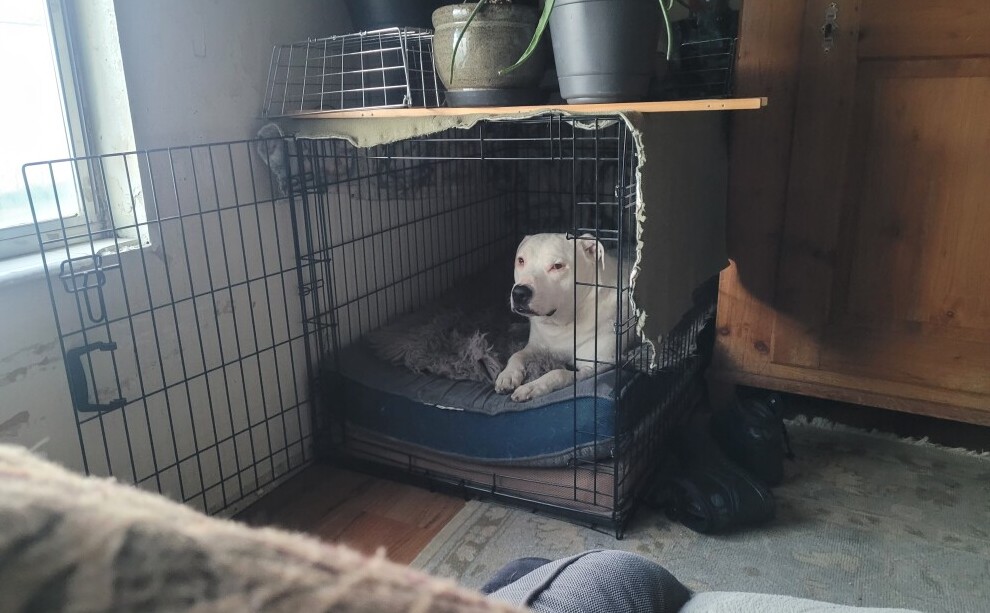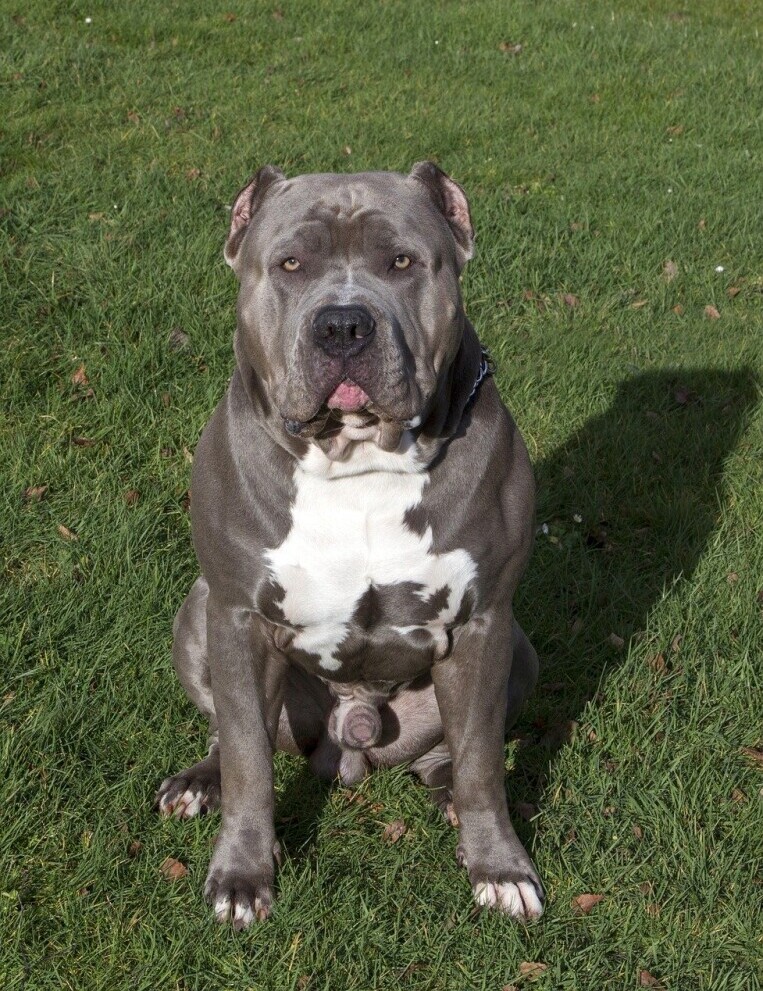Helping An Overly Fearful Pit Bull Gain Confidence
 Fear is a natural emotion for dogs, just like it is for people. But when a pit bull’s fear becomes excessive, it can affect their quality of life and even lead to behavioral issues.
Fear is a natural emotion for dogs, just like it is for people. But when a pit bull’s fear becomes excessive, it can affect their quality of life and even lead to behavioral issues.
Pit bulls can develop fear from a number of sources. It might stem from a lack of socialization during their early months, past trauma or abuse, or even genetic factors. Puppies that aren’t exposed to different people, environments, and other animals can grow up to be more fearful.
Identifying signs of fear in a pit bull is crucial for any owner. Watch for behaviors like cowering, trembling, excessive barking, or even aggression. These can all be indications that your dog is feeling overwhelmed or scared. Some pit bulls might show signs of fear by trying to escape, hiding, or displaying submissive body language such as tucking their tail between their legs.
The environment plays a massive role in how a pit bull perceives the world. An overly stimulating setting with lots of noise and activity can overwhelm a naturally nervous dog. On the flip side, an environment that is overly restrictive and doesn’t allow a dog to explore and learn at their own pace can also contribute to ongoing fear and anxiety.
It’s important to distinguish between normal caution and excessive fear. Every dog, like every person, will have their own comfort zones and things they’re wary of. However, if a pit bull is consistently showing signs of fear in a variety of situations, it indicates a deeper issue that needs addressing.
Building Trust and a Safe Environment
 The foundation of helping a fearful pit bull starts at home. Creating a secure and predictable environment can significantly reduce anxiety. A safe space means fewer surprises, and that’s something a nervous dog can appreciate.
The foundation of helping a fearful pit bull starts at home. Creating a secure and predictable environment can significantly reduce anxiety. A safe space means fewer surprises, and that’s something a nervous dog can appreciate.
Consistency is incredibly important. Dogs thrive on routine, and knowing what to expect can help a fearful pit bull feel more secure. Regular feeding times, walks, and play sessions create a structure that can ease anxiety. Suddenly changing routines can confuse and scare them. Aim for a predictable daily pattern to help your dog know what comes next.
Positive reinforcement is key. Reward your dog for calm behavior and for facing fears, no matter how small the victory. Treats, praise, and play are all excellent ways to reward your pit bull. Currently one of my dogs is treat oriented and one is a play time dog. Over time, they’ll start associating previously scary situations with positive outcomes.
It’s important to avoid common mistakes that could inadvertently increase a pit bull’s fear. Never punish a dog for showing fear; this only reinforces their anxiety. Instead, be patient, calm, and understanding. Your demeanor can significantly influence your dog’s reaction to stressful situations.
Another critical element is providing secure spaces where your dog can retreat. A designated safe zone, like a comfy crate or a quiet room, gives them a place to relax away from overwhelming stimuli. Make sure this area is easily accessible and always available.
Training Techniques to Boost Confidence
 Socialization is essential for a fearful pit bull. You’ll want to expose your dog to different people, places, and other animals in a controlled, gradual way. Start with less intimidating environments and slowly introduce more challenging scenarios. Remember, it’s about quality, not quantity. Short, positive interactions are more valuable than prolonged, stressful ones.
Socialization is essential for a fearful pit bull. You’ll want to expose your dog to different people, places, and other animals in a controlled, gradual way. Start with less intimidating environments and slowly introduce more challenging scenarios. Remember, it’s about quality, not quantity. Short, positive interactions are more valuable than prolonged, stressful ones.
Desensitization and counter-conditioning are effective techniques. Desensitization involves exposing your dog to the fear source in a controlled manner, starting from a level that doesn’t provoke a strong fear response and gradually increasing exposure. Counter-conditioning pairs the fear-invoking stimulus with a positive experience, like treats or play. Over time, your pit bull will start associating the previously terrifying things with good experiences.
Incorporate confidence-building activities and games into your routine. Certain games, like agility training or nose work, can help your pit bull learn to trust their own abilities and boost overall confidence. These activities engage their minds and bodies, reducing the focus on fear and increasing the focus on fun and accomplishment.
Don’t hesitate to consult with professional dog trainers, especially those experienced with fearful dogs. A professional can provide tailored advice, demonstrate proper techniques, and guide you through the process. Sometimes, having an expert eye can make all the difference in how effective the training is. My last rescue I had to talk to a professional trainer because I have never had a dog dig through my walls before!!
Long-Term Strategies for Maintaining Confidence
 Maintaining your pit bull’s confidence long-term requires ongoing effort. One crucial aspect is continued socialization and exposure to new experiences. Even after your dog begins to show improvement, never stop introducing them to new settings, people, and other pets. New experiences should be tackled slowly and positively. Keep the pressure low and the rewards high.
Maintaining your pit bull’s confidence long-term requires ongoing effort. One crucial aspect is continued socialization and exposure to new experiences. Even after your dog begins to show improvement, never stop introducing them to new settings, people, and other pets. New experiences should be tackled slowly and positively. Keep the pressure low and the rewards high.
Regularly monitor your pit bull’s behavior and adjust your strategies as needed. Dogs, like humans, have good days and bad days. If you notice an increase in fearful behavior, it might be time to revisit some of the foundational training techniques or consult a professional. Always be prepared to adapt your approach based on your dog’s current needs.
Recognizing and addressing setbacks is a part of the journey. There will be bumps along the way, and that’s perfectly normal. The key is to stay calm and consistent, focusing on the progress made rather than any temporary regression. If setbacks occur, it might help to go back to a more familiar, comfortable routine for a bit.
Regular exercise and mental stimulation are vital. Physical activities like walking, running, or playing fetch help burn off excess energy, reducing anxiety. Mental exercises, such as puzzle toys and training sessions, keep your dog’s mind engaged and focused, which can prevent fear-related behaviors from re-emerging. Making these activities a daily habit will support your pit bull’s overall well-being and confidence.
